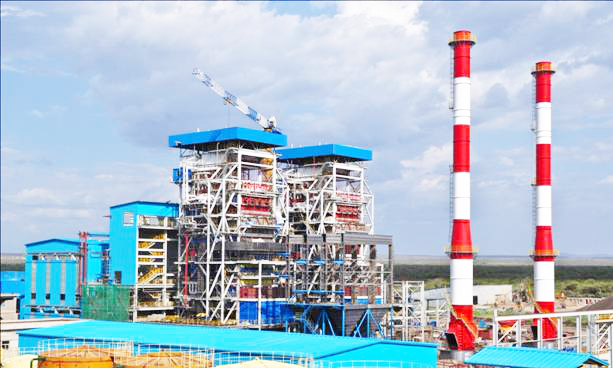
Sugar Corporation of Ethiopia said that Ministry of Finance and Economic Cooperation (MoFEC) has released 13 billion Birr for the resumption of the four delayed sugar projects. The new lump was released at a time when mega project delays are heavily constraining the federal budget.
Approached by The Ethiopian Herald, Corporation’s Acting Director General Wayuo Roba said that from the newly released sum, 5.7 billion would go to financing the construction of sugar projects while the remaining match (7.3 billion) to pay back loans.
According to Wayuo, Corporation’s general financial audit reports in relation to the METEC, the former contractor of the projects believed to have ruined and cause delays and soar of expenditure of
the sugar projects, have not yet been completed. It will be made public upon completion, he said.
The construction of two projects, namely Omo Kuraz I and V has been interrupted for a year and half due to the financial mismanagement and demands made by workers.
Among the delayed projects, the contract of Omo Kuraz I project was taken away from METEC and by now made ready for transfer. In the mean time, some 593 laborers of it have been transferred to the Omo Kuraz III project while the remaining 700 workers are still earning salaries without work, he noted.
“The Corporation has been exposed to pay laborers who have not been engaged for long time causing budget deficit so as to operate the construction in full capacity. ”
Moreover, the Corporation has also been forced for extra expenses, among others to compensate farmers engaged in sugarcane plantation supposed to deliver raw materials to the factories but unable to due to the delays, he said.
The other two Sugar projects, Omo Kuraz II and III, with an estimated cost of 6.67 billion Birr and a total gridding capacity of 12,000 tonns raw sugarcane are now well underway and expected to go on testing soon.
When the two go fully operational, each will grind 6000 up to 6500 tonns of raw sugarcane per day and produce 2.5million quintals of three kinds of sugar; about 28 million liters of molasse; and 60 megawatt electrical energy, 20 megawatt of it will be consumed by the factory itself while the remaining 40 megawatt will be transferred to the national grid.
The Ethiopian Herald April 7/2019
BY MUSSA MUHAMMED





